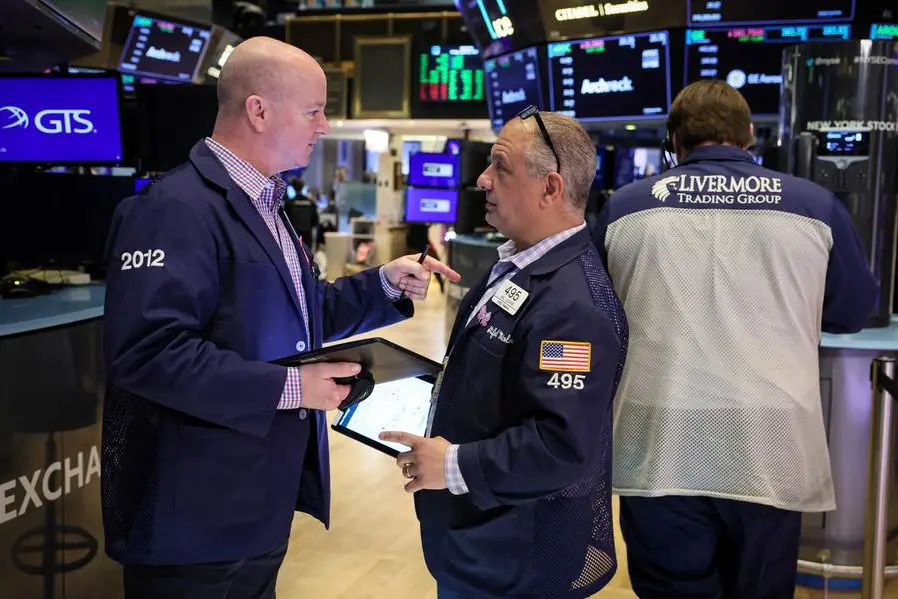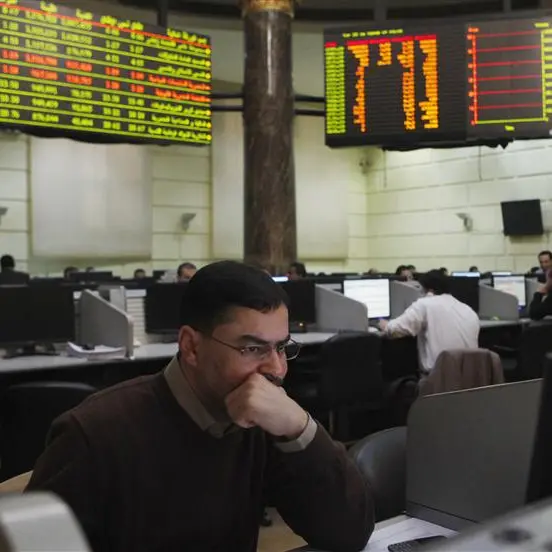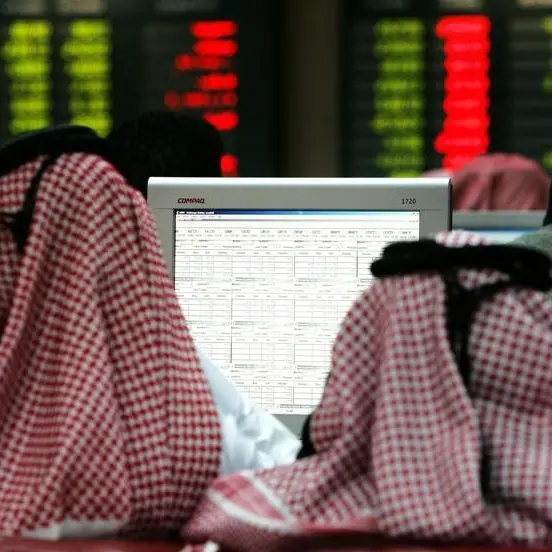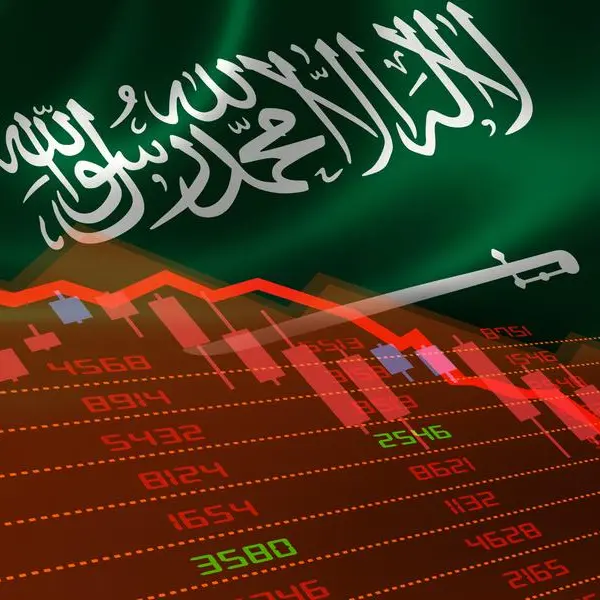PHOTO
U.S. government bond yields pushed to a near four-week peak on Wednesday, lifting their global counterparts and pressuring stocks, as data sowed new doubts about the timing and extent of Federal Reserve rate cuts.
Meanwhile, crude oil rose for a fourth day to reach a one-month high amid speculation OPEC+ will maintain production cuts at a meeting this Sunday and renewed geopolitical tensions.
U.S. yields climbed after consumer confidence data came in stronger than expected on Tuesday, Minneapolis Fed President Neel Kashkari said further rate hikes were still a possibility, and two Treasury auctions were poorly received by investors.
The benchmark 10-year U.S. Treasury yield rose as high as 4.578%, a level not seen since May 3. Yields move inversely to prices.
"These expectations of Fed rate cuts have been pared back," said Aneeka Gupta, director of macroeconomic research at WisdomTree. "Overnight we had (Minneapolis Fed president) Neel Kashkari mention that we still can't take the possibility of a rate hike in 2024 off the table."
The sharp improvement in a U.S. consumer confidence measure for May has kept the market guessing about the strength of the economy and sticky inflationary pressures, which in turn cloud the outlook for the Fed's policy path.
Traders currently put the odds of at least a quarter-point interest rate cut by September at around 44% following the data, from a coin toss a day earlier, according to the CME Group's FedWatch Tool.
European equities fell for a second session, with the continent-wide STOXX 600 index down 0.8%. Britain's FTSE 100 was down 0.41% and Germany's DAX was 0.88% lower.
U.S. stock futures were also in the red, with S&P 500 contracts 0.59% lower and Nasdaq contracts off by 0.65%.
The rise in U.S. yields spread around the world, with Germany's 10-year bond yield climbing 6 basis points to 2.648%, the highest in a month.
Data out on Wednesday showed German inflation rose to 2.8% year-on-year in May, when adjusted to compare across the European Union, from 2.4% in April.
Meanwhile, Japanese 10-year yields hit the highest since December 2011 at 1.081% on expectations that the Bank of Japan could soon raise interest rates again.
Gupta said the release of U.S. personal consumption expenditure inflation data on Friday will be an important guide for Fed policy. Economists expect PCE inflation - the Fed's preferred measure - held steady at 2.7% in April from the same level in March.
"If we get a slight slowdown come in on Friday that would definitely cement the possibility of a rate cut coming to fruition for September," Gupta said.
The dollar rose to a four-week peak of 157.4 yen on Wednesday, boosted by higher U.S. bond yields, before slipping back slightly. It was last flat against the euro at $1.0853.
In energy markets, Brent crude oil futures for July delivery rose 0.7% to $84.81 a barrel, the highest since May 1, while U.S. crude futures climbed 0.75% to $80.42.
Oil prices gained more than $1 a barrel on Tuesday on the expectation that OPEC+ will maintain crude supply curbs at its June 2 meeting, while the start of U.S. summer driving season and Israel's assault on Rafah, next to the Egyptian border, has added to geopolitical tensions.
Mainland Chinese blue chip stocks edged 0.12% higher after the IMF upgraded its economic growth forecasts for the country.
(Reporting by Harry Robertson in London; additional reporting by Kevin Buckland in Tokyo; Editing by Sam Holmes, Ros Russell and Chizu Nomiyama)




















